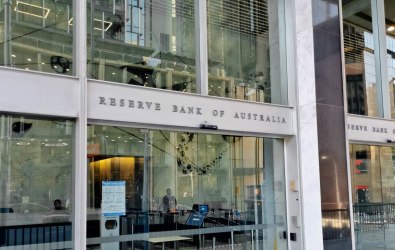ASIC chairman Greg Medcraft apparently was told "no" when he asked for specific information about the underlying holdings of his superannuation fund.
Perhaps it was in a state of shock at being denied access to this infornation that he started to ponder best practice standards for portfolio disclosure in Australia.
After all, it was his money. Why was he not allowed to know where it was invested?
I can't help but wonder what would have happened if the fund told Medcraft: "Of course, we are able to provide you with this information, but it will cost $100 to retrieve the information."
Undoubtedly, he would have made a quick cost-benefit analysis in his head. "Do I really need this information? How badly do I want it?"
ASIC will ask the asset management industry to develop best practice standards for portfolio disclosure, which would include Australian Prudential Regulation Authority-regulated super funds, that would give investors information about the specifics of their portfolio.
But custodians have warned this information is expensive to generate.
After all, super funds do not invest member contribution dollars one-on-one, but run an overall investment portfolio that is matched against their liabilities.
Fleshing out the exact, up-to-date holdings per option and per member will take some effort.
The most important question is then not should we provide this information to members, but how much are members prepared to pay for this information?
Ten basis points? Five basis points? The answer is probably: nil.
Not many people will make the argument that members should not be allowed to see their underlying holdings, especially if intellectual property is protected through some form of delayed disclosure.
But in an environment where super funds need to resort to the drastic measure of publishing certain announcements on the envelopes of their member statements, with the knowledge that many members will never open them, providing this level of granularity is perhaps too much of a good thing.
Medcraft has argued a lack of engagement is not a good enough reason for a lack of disclosure.
But does the niche interest of a few individuals justify higher costs for the silent majority?





